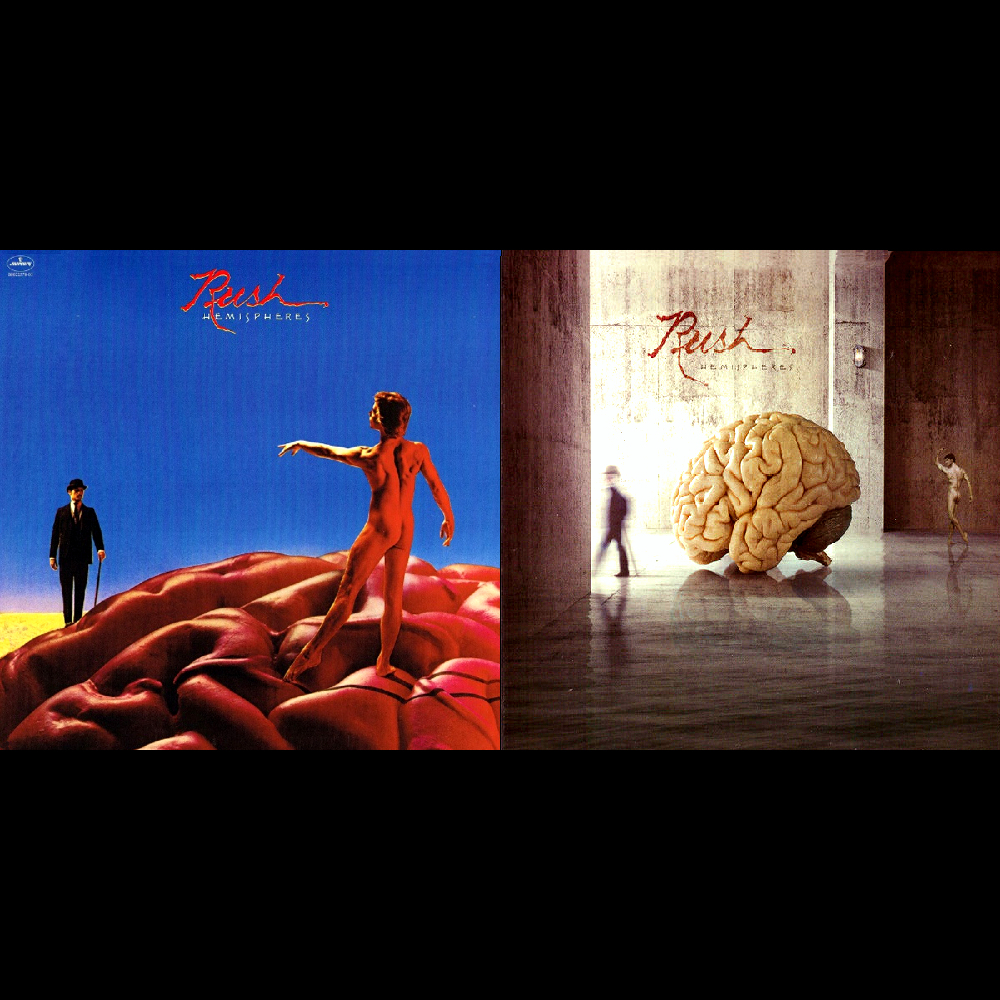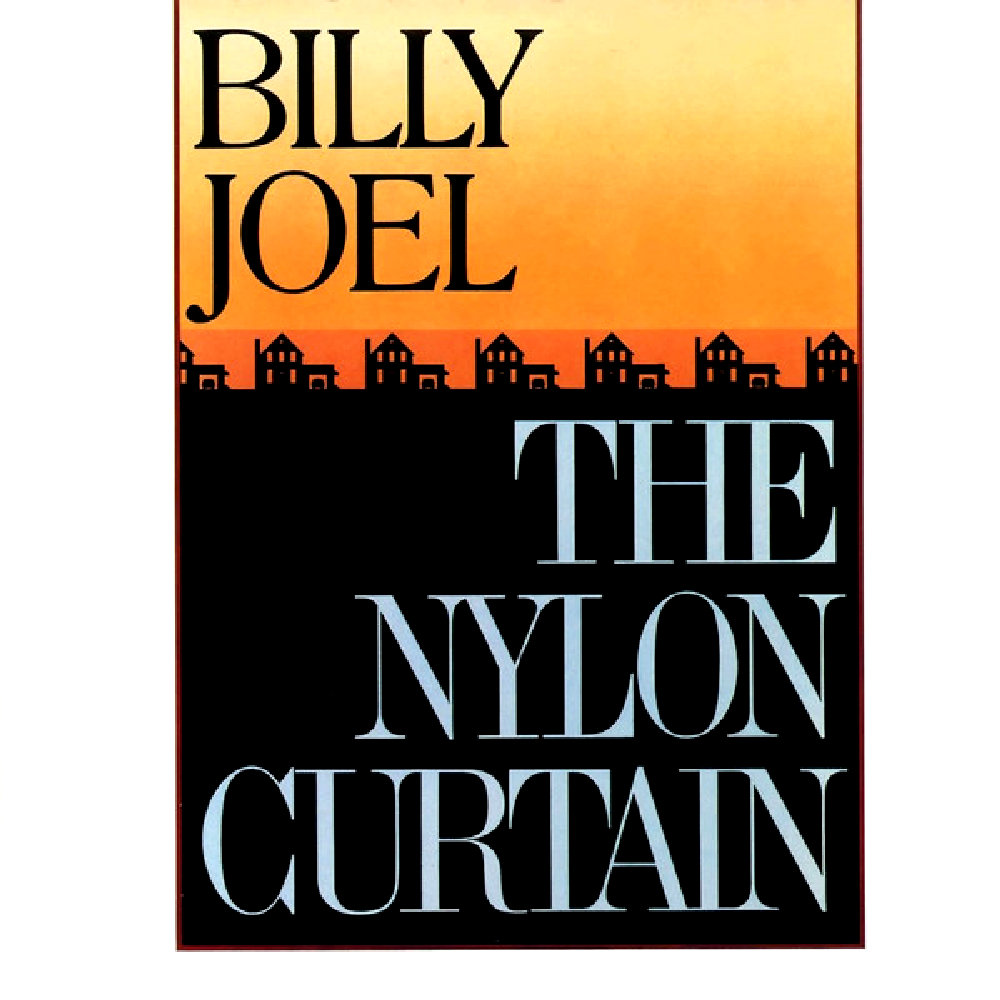
Album Information:
Album ID: 9595
Rush - Hemispheres
Label: Mercury
Catalog Number:
B0029020-02
Release Date:
October 24, 1978
Disc 1 - Cygnus X-1 Book II
1. Hemispheres (18:09)
a. Prelude
b. Apollo Bringer Of Wisdom
c. Dionysus Bringer Of Love
d. Armageddon The Battle Of Heart And Mind
e. Cygnus Bringer Of Balance
f. The Sphere A Kind Of Dream
2. Circumstances 3:42
3. The Trees 4:46
4. La Villa Strangiato 9:36
Disc 2 - Live At Pinkpop Festival: June 4, 1979 & Live In Arizona: November 20, 1978
1. A Passage To Bangkok 4:03
2. Xanadu 12:32
3. The Trees 5:10
4. Cygnus X-1 Book II: Hemispheres - The Sphere A Kind Of Dream
0:54
5. Closer To The Heart 3:16
6. La Villa Strangiato 11:22
7. In The Mood 2:37
8. Drum Solo 7:31
9. Something For Nothing 4:21
10. 2112 (19:46)
a. Overture
b. The Temple Of Syrinx
c. Discovery
d. The Presentation
e. Soliloquy
f. Grand Finale


 Last Played: 12/23/24 03:33 PM
Last Played: 12/23/24 03:33 PM Last Played: 12/23/24 03:24 PM
Last Played: 12/23/24 03:24 PM